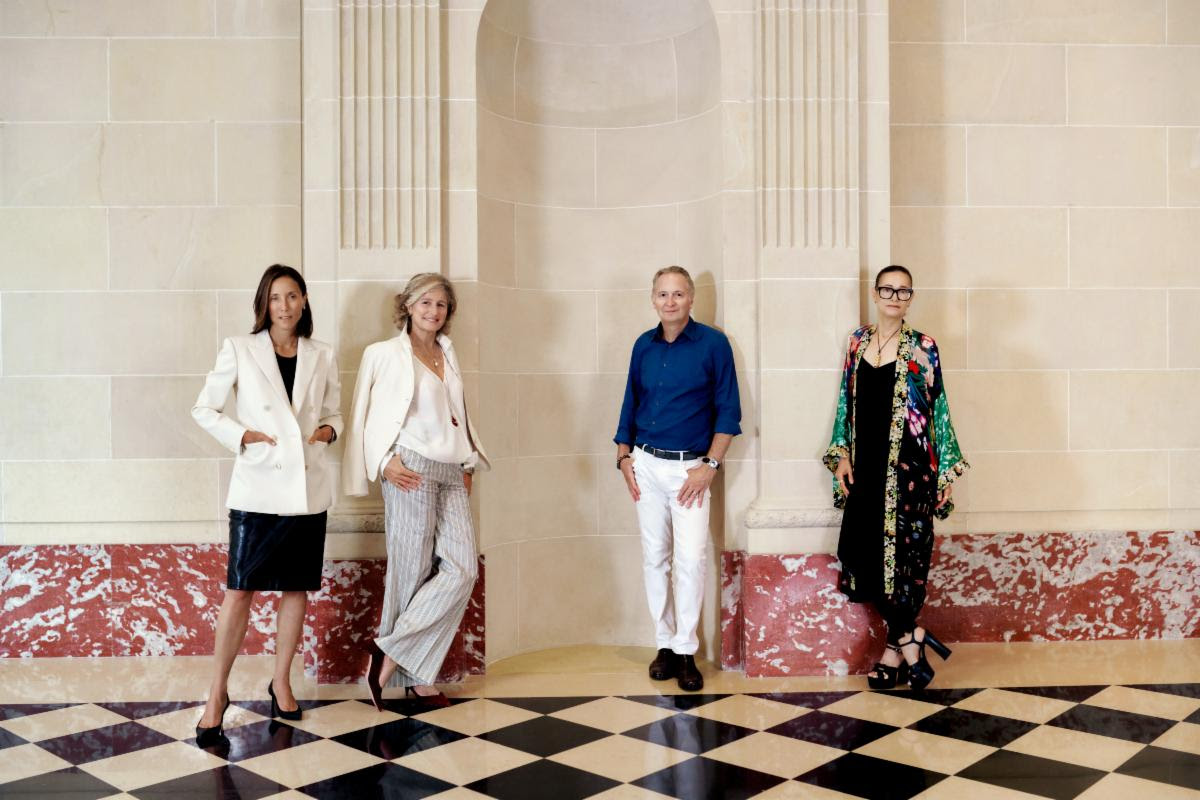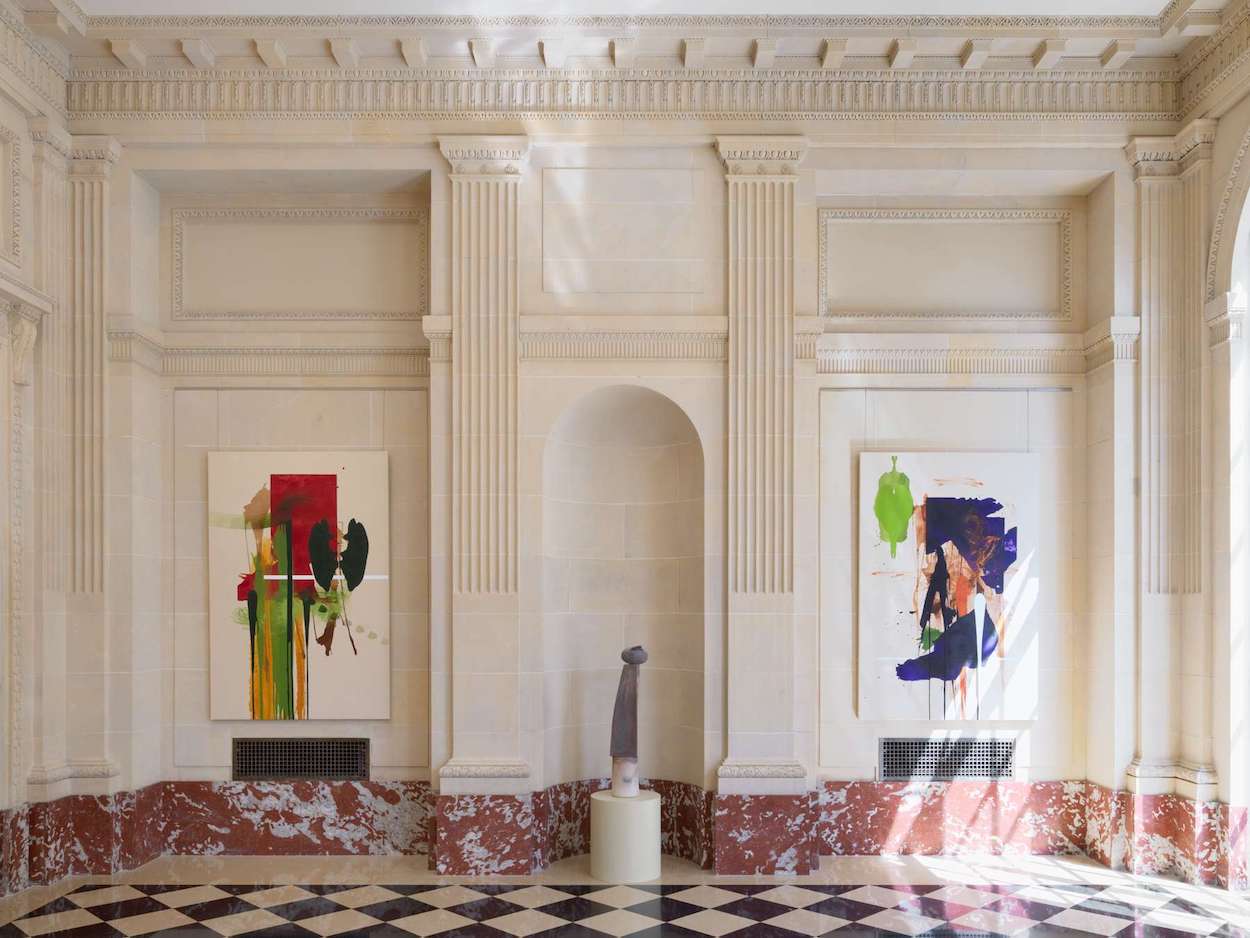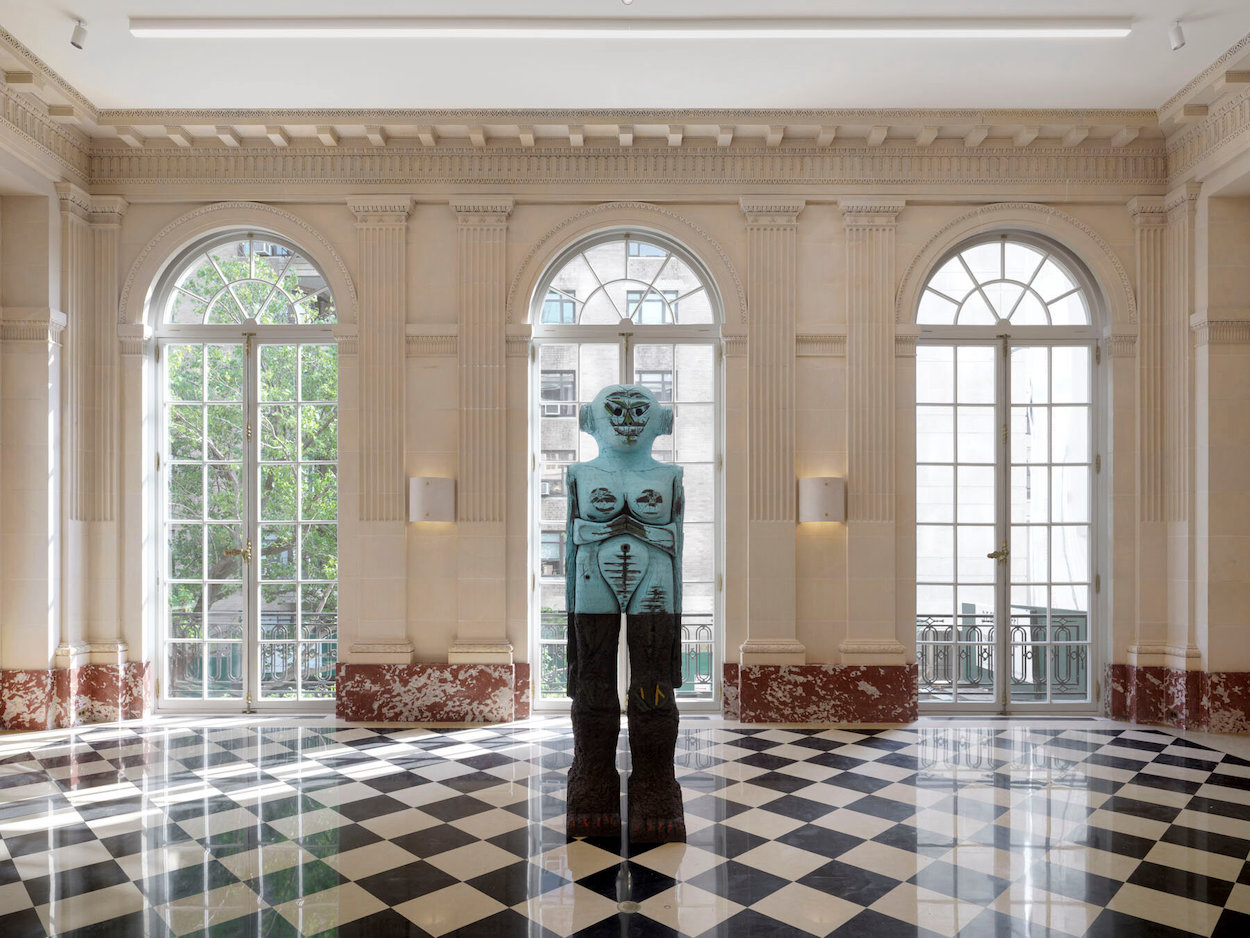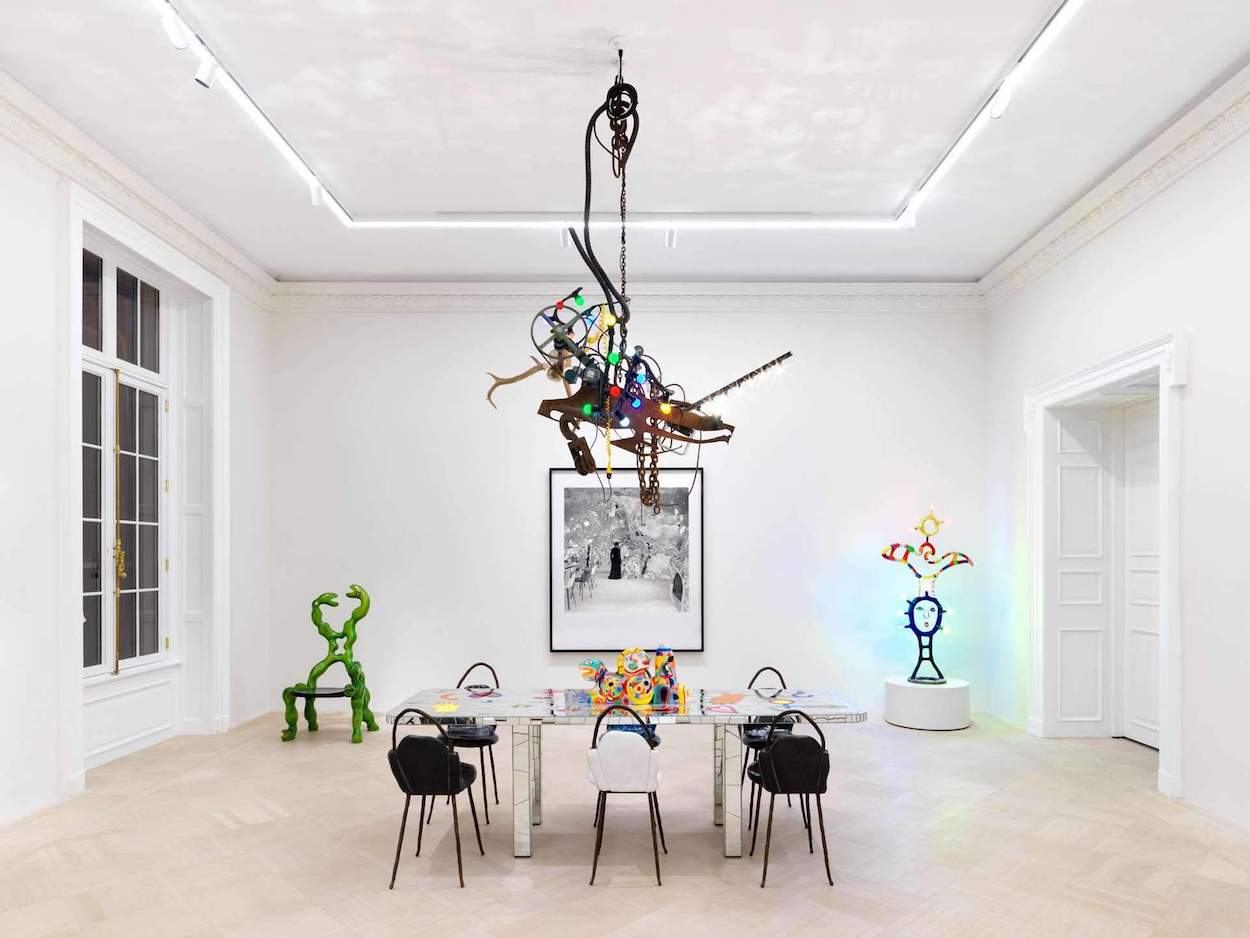It’s no secret that the pandemic is presenting existential challenges for art dealers. According to an Art Basel report, the sector has experienced a 20 percent drop in sales, causing many smaller and mid-size galleries to either pool their resources together or permanently close. In response to changing tides, four prominent dealers—Dominique Lévy, Brett Gorvy, Amalia Dayan, and Jeanne Greenberg Rohatyn—spent part of the pandemic rethinking and re-evaluating their practices and what it means to exist as an art gallery in the current era.
The four are teaming up to establish LGDR, a forward-looking consortium that will represent artists, stage exhibitions, offer consulting services, and broker auction sales when it debuts in January. Each partner plans to dissolve their existing businesses and merge into one entity based out of the stately new Upper East Side space of Salon 94, Rohatyn’s gallery, which opened in March after a top-to-bottom restoration by the Uruguayan architect Rafael Viñoly. Lévy Gorvy plans to give up its current Madison Avenue gallery; Dayan recently left her longtime gallery Luxembourg & Dayan, which also closed its New York space but still remains open in London.
Though the merger makes financial sense, money wasn’t the sole motivator. The four dealers each gravitate toward modern, post-war, and contemporary art, and are united by their shared approaches to curatorship and research. “During the pandemic, the four of us were discussing the art world and what Covid had stopped and what Covid had accelerated,” Lévy told the New York Times. “We realized we had the desire to share and collaborate.”
Each dealer brings complementary strengths to the table: Rohatyn will specialize in contemporary art, while Lévy will focus on Europe, Gorvy on Asia, and Dayan on the Middle East. LGDR’s strategy also involves forgoing major North American fairs such as Art Basel Miami and Frieze New York in favor of Asian fairs that tend to attract younger collectors. In doing so, the group may offer major competition to global mega-galleries such as Gagosian, David Zwirner, Pace, and Hauser & Wirth, which have opened expansive new buildings and swept up hot artists such as Cindy Sherman, Amy Sherald, and Simone Leigh.
Instead of representing artists exclusively, the consortium will present more nimble exhibitions of artists, both living and dead, while also handling initial sales and resold works. Pooled together, the four dealers represent dozens of artists—many of whom report being unaware of the merger until the Times story broke earlier this week. The new dealership will represent considerably fewer names than the four entities did previously, and Greenberg Rohatyn says the group has “been speaking with certain artists, finding them alternative spaces” though the final cut has yet to be announced.
Some artists who caught wind of the news commended the dealers’ decision to pool their resources. “It’s a rational response to current circumstances,” the artist Adrian Piper, who is represented by Lévy Gorvy, told Artnet News. “And the decision to forgo further participation in non-Asian art fairs is both healthy and courageous.” Marilyn Minter, who is currently working on a show for Salon 94, describes the merger as “understandable” and a symptom of the current art market, in which the rate at which artists are being poached by mega-galleries has increased in magnitude, often leaving smaller operations at a disadvantage.
“We’re a hybrid. We’re not a gallery, and we’re not an advisory,” Lévy says. “This decision comes from a place of strength—the desire to do something new.”




